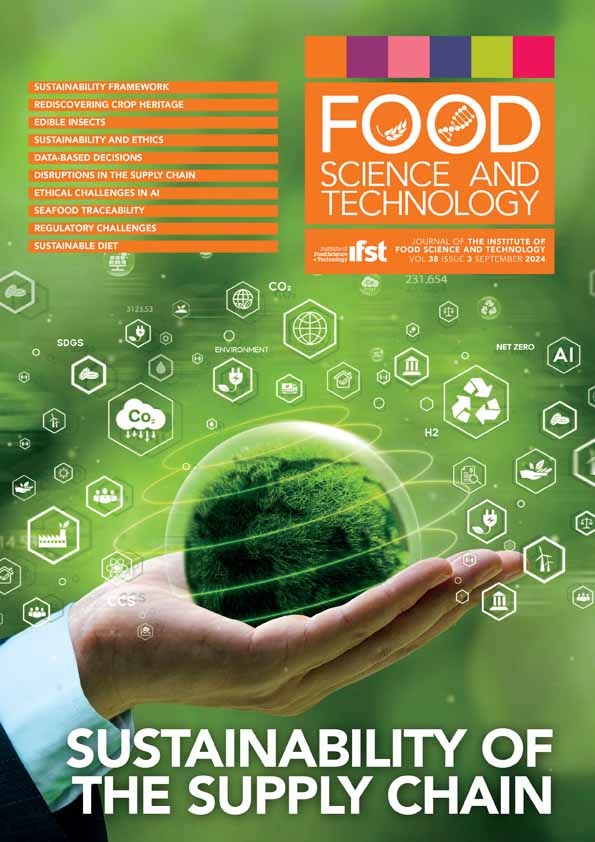生物农药对管理苏尔寿(Sulzer)柿褐蚜(Myzus persicae Sulzer)和马尼霍提(Phenacoccus manihoti)的影响
Q2 Agricultural and Biological Sciences
引用次数: 0
摘要
蚜虫(Myzus persicae Sulzer)和粉蚧(Phenacoccus manihoti)是影响圭亚那农作物的两种重要经济害虫。主要的防治方式是施用合成杀虫剂,这可能会损害环境和人类健康。另外,也可以使用具有杀虫和驱虫特性的植物提取物来控制这些害虫。本文重点介绍了从圭亚那当地种植的作物中提取的三种植物提取物的效果。通过气相色谱-质谱分析,确定了每种萃取物中对蚜虫和蚧壳虫具有高杀虫活性的化学成分,结果显示所有萃取物中都含有 8、15 和 7 种化学成分,其中 "桉叶油醇 "是所有萃取物的共同成分。在环境条件下进行了实验室生物测定,采用叶片浸渍法测定从 Zingiber officinale 根茎、Mentha viridis 和麻风树叶中提取的甲醇提取物在防治 M. persicae Sulzer 和 P. manihoti 方面的功效。结果表明,接触 48 小时后,这三种植物提取物对 M. persicae Sulzer 和 P. manihoti 有明显毒性(p < 0.05)。本文章由计算机程序翻译,如有差异,请以英文原文为准。
Effects of biopesticides on the management of Myzus persicae Sulzer and Phenacoccus manihoti
Aphids (Myzus persicae Sulzer) and mealybugs (Phenacoccus manihoti) are two economically important pests affecting agricultural crops in Guyana. The principal mode of control is the application of synthetic insecticides, which can be prejudicial on the environment and human health. Alternatively, these pests can be controlled using plant extracts with insecticidal and repellent properties. This article highlights the effects of three plant extracts obtained from locally cultivated crops in Guyana. Gas chromatography-mass spectrometry analysis was performed to identify the chemical compounds present in each extract with high insecticidal activity against aphids and mealy bugs revealing the presence of 8, 15, and 7 chemical compounds with “eucalyptol” common to all extracts. Laboratory bioassays were conducted under environmental conditions to determine the efficacy of methanol extracts obtained from Zingiber officinale rhizome, Mentha viridis, and Jatropha curcas leaves in controlling M. persicae Sulzer and P. manihoti using the leaf dip method. Results obtained indicated that the three plant extracts were significantly (p < 0.05) toxic to M. persicae Sulzer and P. manihoti after 48 h exposure.
求助全文
通过发布文献求助,成功后即可免费获取论文全文。
去求助
来源期刊

Food Science and Technology
农林科学-食品科技
自引率
0.00%
发文量
0
审稿时长
12 weeks
期刊介绍:
Information not localized
 求助内容:
求助内容: 应助结果提醒方式:
应助结果提醒方式:


